22 Best Things to Do in Kenya for an Unforgettable Trip
Kenya is a treasure trove of natural wonders and is East Africa’s top travel safari destination. Looking at its dramatic calderas, highlands, and sun-soaked savannahs, it’s easy to see why.
The country dazzles in both rural and urban adventures as you’ll have the most authentic safari and wildlife experience in one hand and exploring Nairobi’s bustling capital scene on the other.
Those who want to delve deep into Kenya’s cultural heritage can have an immersive experience with the tribespeople who are still following thousands of years of tradition, scale the majestic landscapes, or simply walk the colorful street markets. Whatever you decide on, you can certainly add these quintessential Kenyan experiences on your next trip!
The Best Things to Do & Places to Visit in Kenya
Mingle with the Herd at Famous Giraffe Manor
A flagship property unique to Kenya is the Giraffe Manor, a boutique hotel in Nairobi set in stunning acres of private land and indigenous forest since the 1930s.
Open courtyards, lush gardens, and sunny terraces make the property a wonderful place to explore, but the main highlight is the herd of iconic safari mammals that reside on the property—giraffes!
Visitors can enjoy a breakfast tea and interact face-to-face with these endangered animals (and possibly get licked in the process).
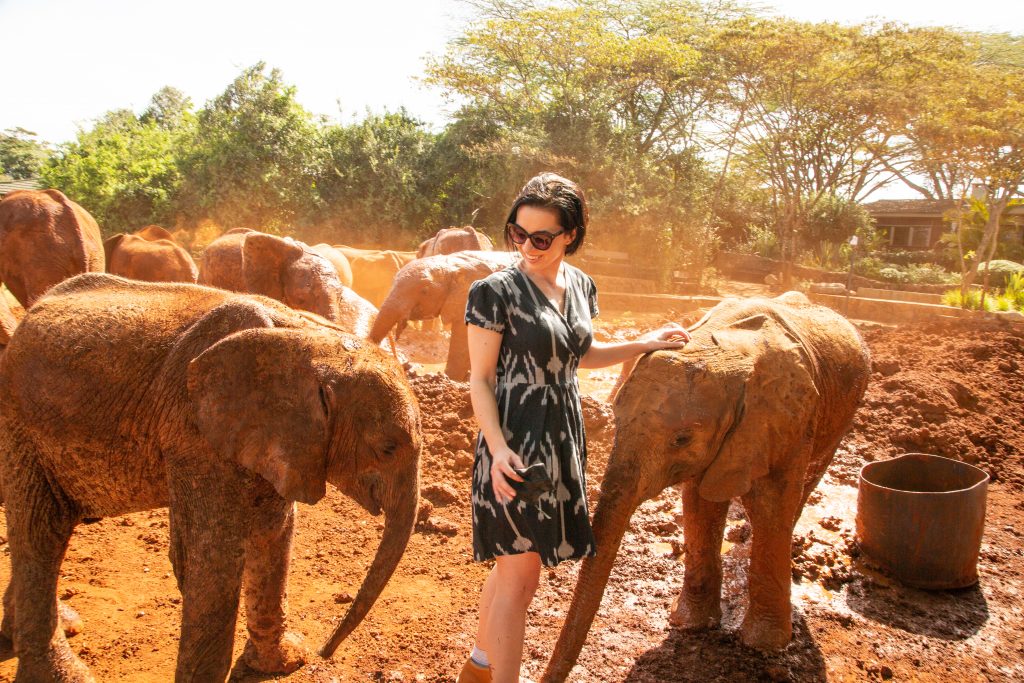
Foster Baby Elephants and Rhinos at the Sheldrick Wildlife Trust
Another not-to-be-missed encounter located in Nairobi National Park is the David Sheldrick Wildlife Trust (DSWT), a sanctuary for orphaned baby elephants and rhinos.
Most of the animals were rescued by the organization that has been operating since 1977. Visitors are given a chance to foster these adorable mammals before they get released into the wild.
You’ll be amazed to see how these gentle giants are cared for and nurtured back to health. The trust allows visitors to feed and even bathe these adorable creatures, making it a heartwarming experience that you’ll cherish forever.
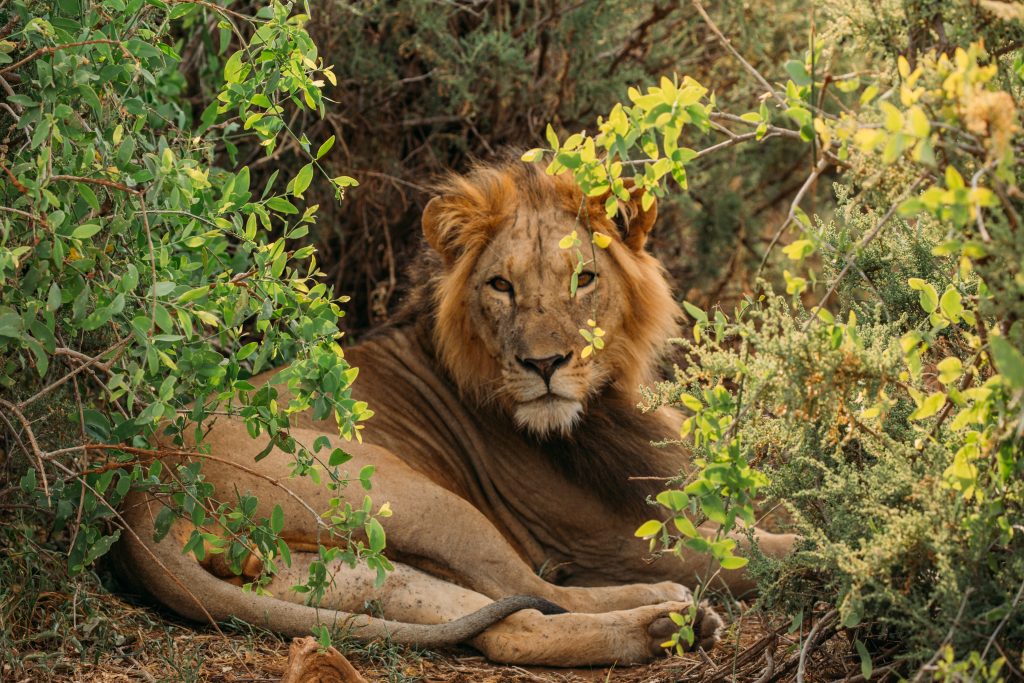
Experience the Epic Masai Mara and Samburu Safari
If you’re in Kenya, a visit to the Masai Mara and Samburu Safari is a must. These are two of the most popular and breathtaking safari destinations in the country.
The Masai Mara is famous for its exceptional population of big cats, game, and the annual migration of zebra, Thomson’s gazelle, and wildebeest from the Serengeti every year from July to October, a migration so immense it’s called the Great Migration.
The flood of animals filling the open savanna is breathtaking and include herds of elephants and giraffes, as well as lions, leopards, cheetahs, and hyenas.
Meanwhile, Samburu National Reserve (in the North) is best for unspoiled views of safari wilderness and interacting with the friendly Samburu people. Both safaris offer an incredible opportunity to get up close with wildlife in their natural habitat.
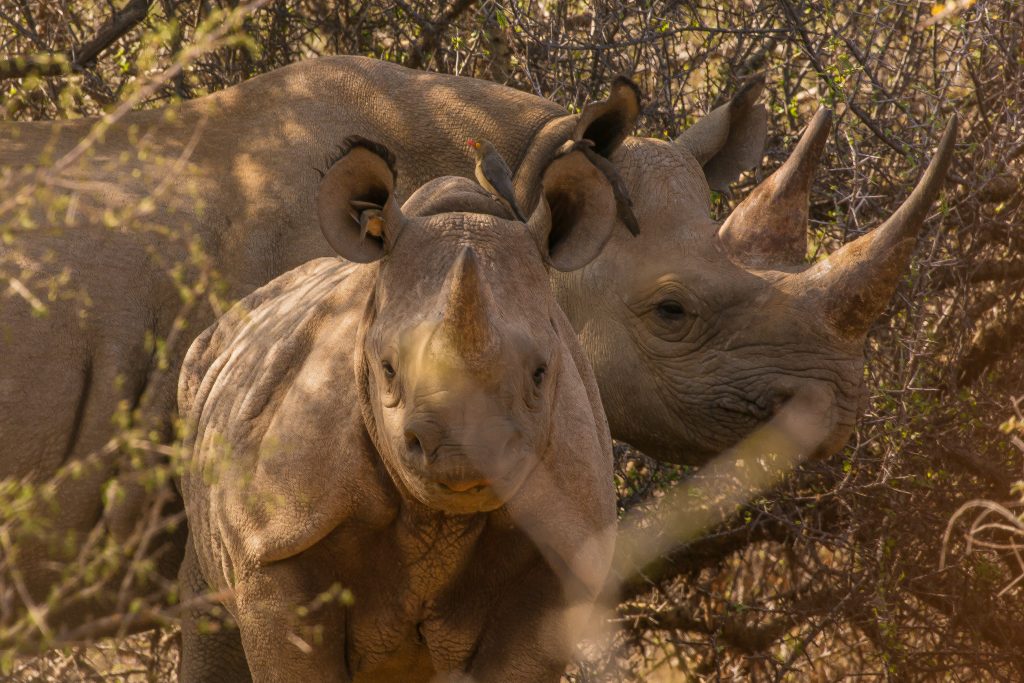
Go Rhino Tracking on Foot in Samburu
If you’re looking for a thrilling wildlife experience in Kenya, going rhino tracking on foot in Samburu is a must-do. This unique adventure allows you to get up close and personal with these magnificent creatures in their natural habitat.
This is honestly perhaps the most exhilarating thing you can do in Kenya! The conservation efforts in the last two decades saw rhinos increasing in numbers, and those who want to view these majestic creatures in their natural habitat can go rhino tracking on foot in Samburu.
It lets visitors in on an immersive experience with the rhinos while actively contributing to their protection. Herds of elephants can also be seen roaming freely in the vast landscape.
You’ll be guided by professional trackers who are experts in their field. They will teach you how to track rhinos based on their footprints, droppings, and feeding habits.
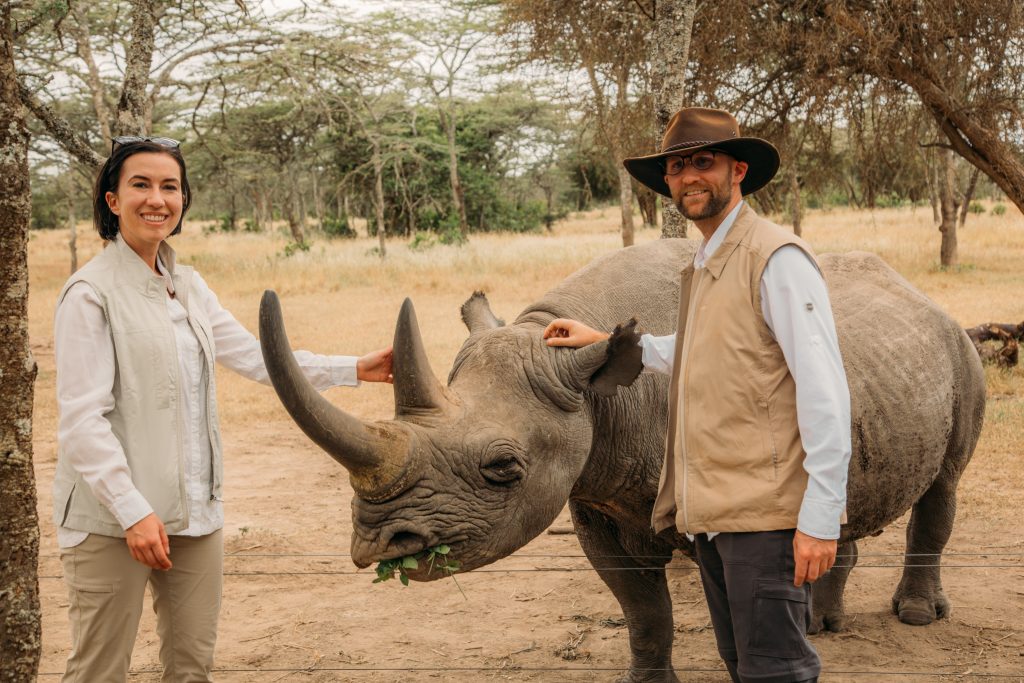
Visit Ol Pejeta Conservancy
One of Kenya’s prime reserves where guests can get close-up views of the Big Five—buffalos, rhinos, leopards, lions, and elephants with a snowcapped Mount Kenya as a backdrop.
Moreover, the conservancy is known to let guests meet rhinos as it houses the last Northern and Southern White Rhinos, as well as Baraka—a blind Black Rhino.
The conservancy is also known for its innovative conservation projects. It’s the largest black rhino sanctuary in East Africa and the only place in Kenya where you can see chimpanzees.
Running for Rangers—a wild footrace supporting Kenya’s brave rhino rangers’ event—is also a highlight of Ol Pejeta Conservancy.
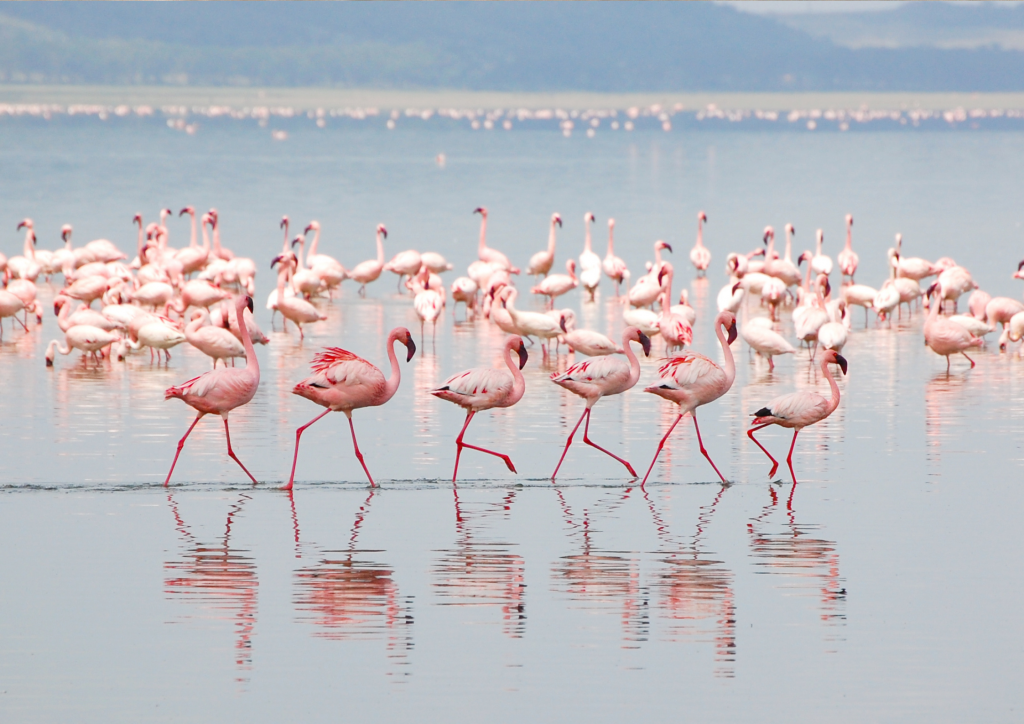
Marvel at Flamingos at Lake Nakuru
Lake Nakuru in the Great Rift Valley is home to huge flocks of flamingos—one of the most photogenic birds in the African wildlife.
More than 450 kinds of bird species can be seen and photographed in the park—with scenic grasslands and woodlands as a backdrop.
It’s also home to a rich diversity of other wildlife forms including pythons, leopards, waterbucks, and warthogs.
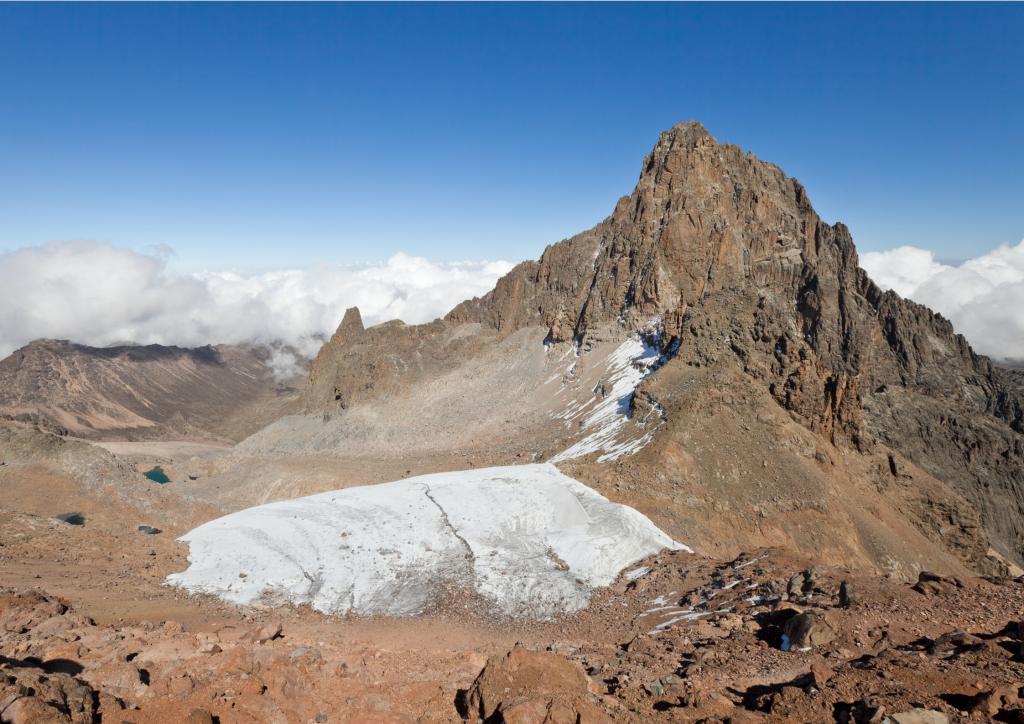
Hike to Mount Kenya
Mt. Kenya is Africa’s second highest peak, behind Kilimanjaro, and reaches over 17,000 feet (3,800 meters).
Guided trips are available to visitors wanting to scale the continent’s second-highest mountain via any of the three peaks: Batian, Nelion, and Point Lenana.
The trek is less crowded than Mount Kilimanjaro but challenging nonetheless. It usually takes 4-5 days to complete the trek with verdant forests and moorlands shrouding its slopes.
The best time to hike Mount Kenya is during the dry seasons, from January to February and from July to October. During these months, the weather is more predictable and the trails are less slippery.
Remember, this is a high-altitude hike, so take your time to acclimatize to avoid altitude sickness. Also, hiring a local guide is highly recommended. They know the mountain well and can ensure your safety during the hike.
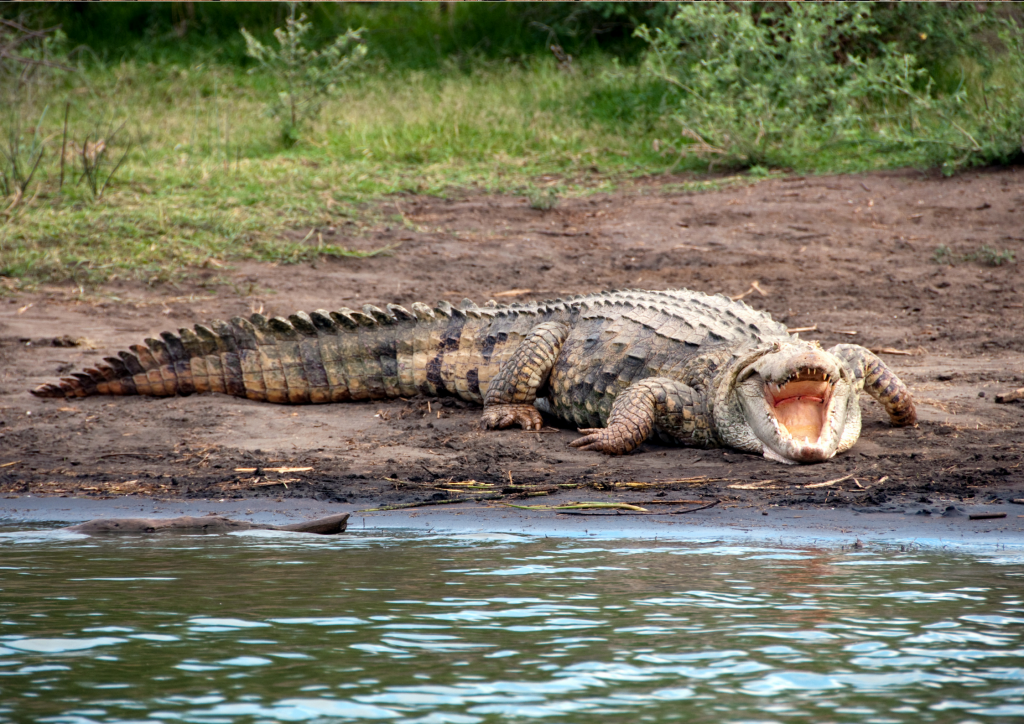
See Nile Crocodiles at Lake Turkana
An excursion to Lake Turkana’s primordial sceneries is certainly one for the books. This massive saline lake, also known as the Jade Sea, is located in the Northern part of Kenya and is home to the world’s largest population of Nile crocodiles.
Black sand beaches, three active volcanoes, and three crater lakes—with little to no change from millions of years ago—make up the region.
It’s also home to the world’s largest colony of Nile crocodiles and is where the earliest hominid fossils were found.
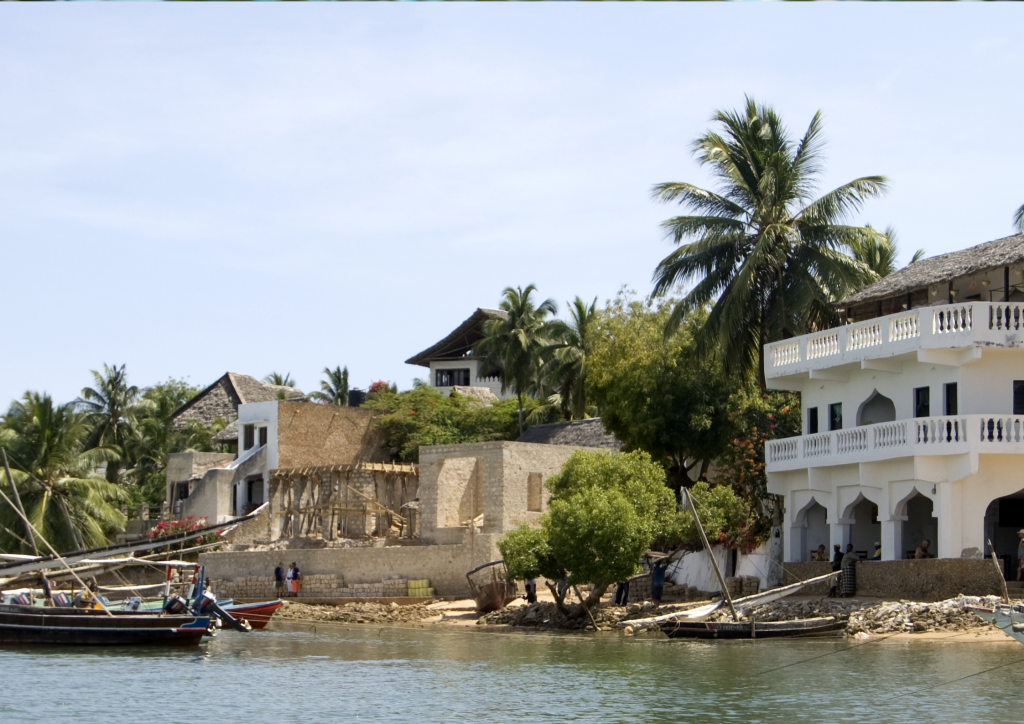
Learn Swahili History on Lamu Island
A UNESCO World Heritage site located at Kenya’s northern coastline, Lamu Island’s Old Town is the oldest Swahili settlement in East Africa and features the best-preserved structures from 700 years ago.
Know more about the country’s culture at the Lamu Museum and Lamu Fort and wander through the maze-like streets lined with traditional mangrove timber and stone houses.
Take a traditional dhow sailboat ride for a unique perspective of the island. The friendly locals are always ready to share stories of their heritage, making your visit to Lamu Island not just a sightseeing trip, but a rich cultural experience.
Remember to try some Swahili dishes while you are there. The cuisine, a blend of African, Arab, and Indian influences, is as rich and diverse as the culture itself.
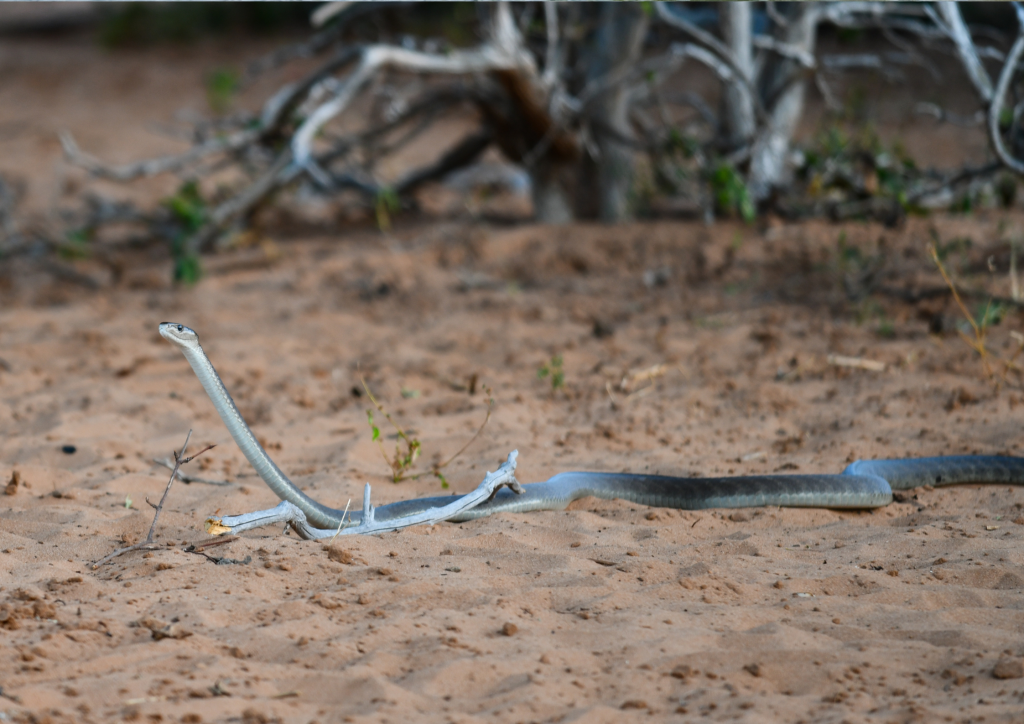
See Kenya’s Most Dangerous Snakes
A daring feat for those who like a challenge, East African Venom Supplies (EAVS) is a research and education institute with a mission to create a world where people and reptiles can safely co-exist with one another.
Puff adders, black mambas, bush pythons, and spitting cobras are among its famous residents, and visitors can go on a three-night snake safari to observe these thrilling serpents.
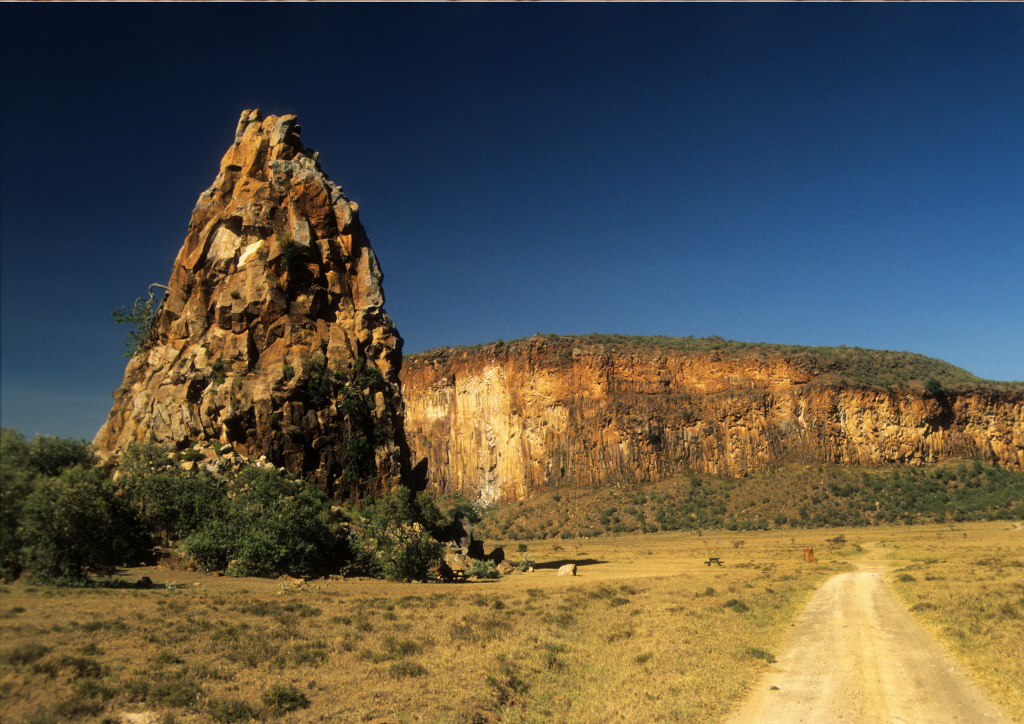
Cycle Through Hell’s Gate National Park
Named after its lava-carved landscape and intense geothermal activity within the Great Rift Valley, Hell’s Gate National Park is one of the rare parks in Kenya that permits camping, and visitors can also explore the majestic sceneries on foot or via bicycle.
Cycling through the park is a popular activity among visitors, offering a chance to explore the vast savannah, dramatic cliffs, and towering volcanic columns at your own pace.
Don’t forget to visit the park’s famous hot springs and take a dip to relax your muscles after the ride. Also, make sure to pack a picnic lunch and enjoy it with the stunning views of the park as your backdrop.
It also features obsidian caves, water-gouged gorges, and towering cliffs that can be scaled as well.
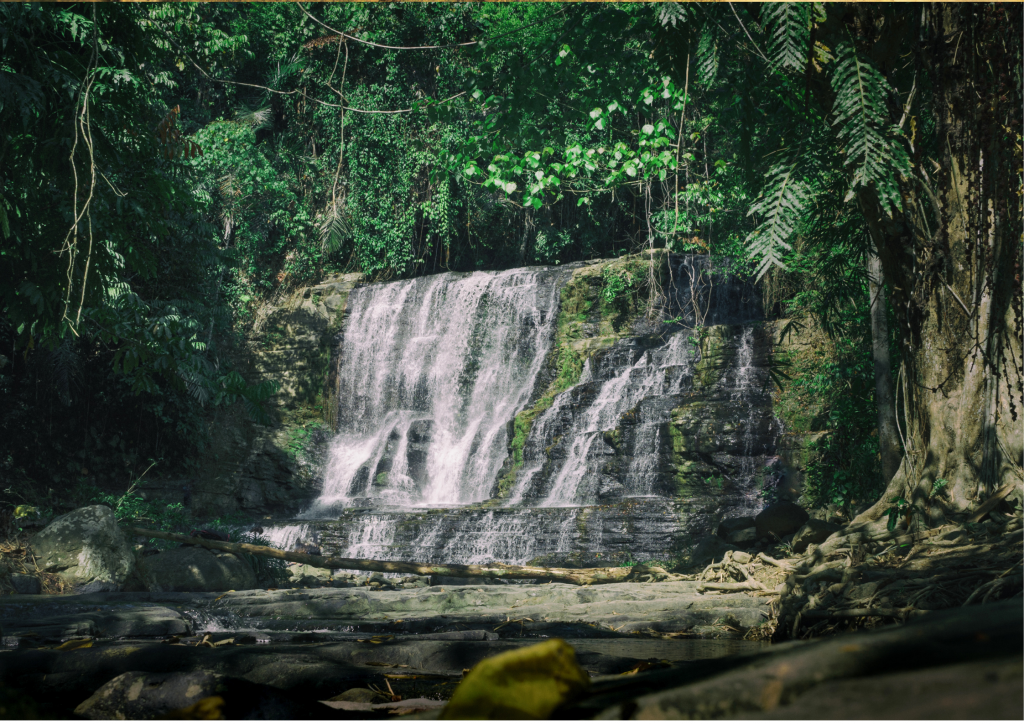
Visit Shimba Hills National Reserve
One of East Africa’s largest coastal forests, Shimba Hills National Reserve is abundant in flora and fauna and has the highest concentration of African elephants.
It holds four campsites, and the scenic Sheldrick Falls and Mwaluganje Forest are shelter to the rich birdlife and other endemic species like the Sable antelope, Zanzibar Red Bishop, red-necked-Spur fowl, Croaking Cisticola, and fruit bats.
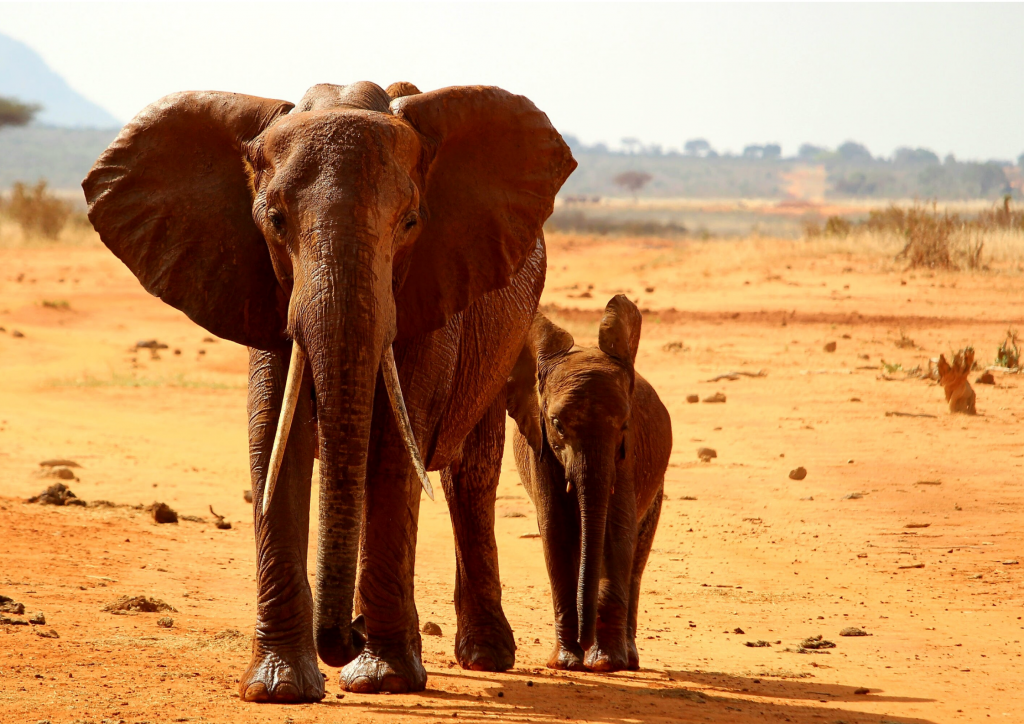
Try Aerial Safari and Rock Climb at Tsavo East National Park
Tsavo East National Park’s open and majestic bush landscape makes it easy to spot Kenya’s iconic elephants covered in orange dust, as well as giraffes, zebras, and dik-diks during the summer months—even more majestic seen in aerial view via plane as it has stunning views of Mt. Kilimanjaro.
It’s an experience that will give you a bird’s eye view of the park, allowing you to spot elephants, lions, and even the elusive leopard from above.
For rock climbers, Yatta Plateau and Mudanda Rock are must-tries.
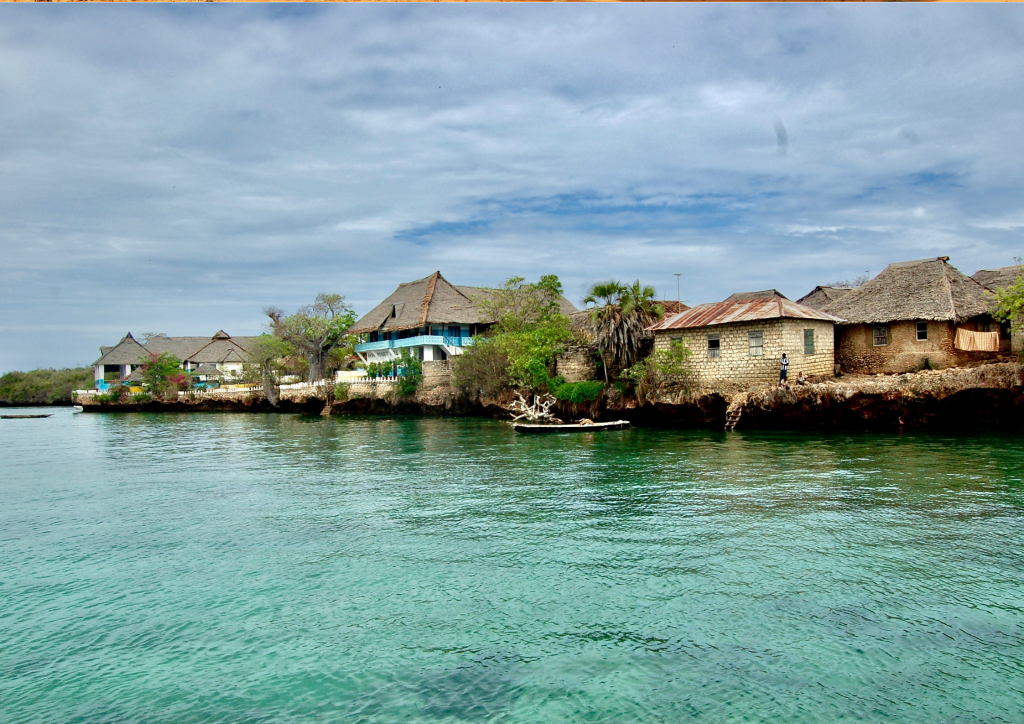
Spot Humpback Dolphins at Wasini Island
Wasini Island is Kenya’s hidden paradise located at the southern coast and is also where Kisite Mpunguti Marine National Park is located.
Visitors can swim and snorkel in its blue-green waters and even rent a traditional dhow to explore the surroundings. See a number of fascinating marine creatures including humpback dolphins, green sea turtles, and colorful seabirds.
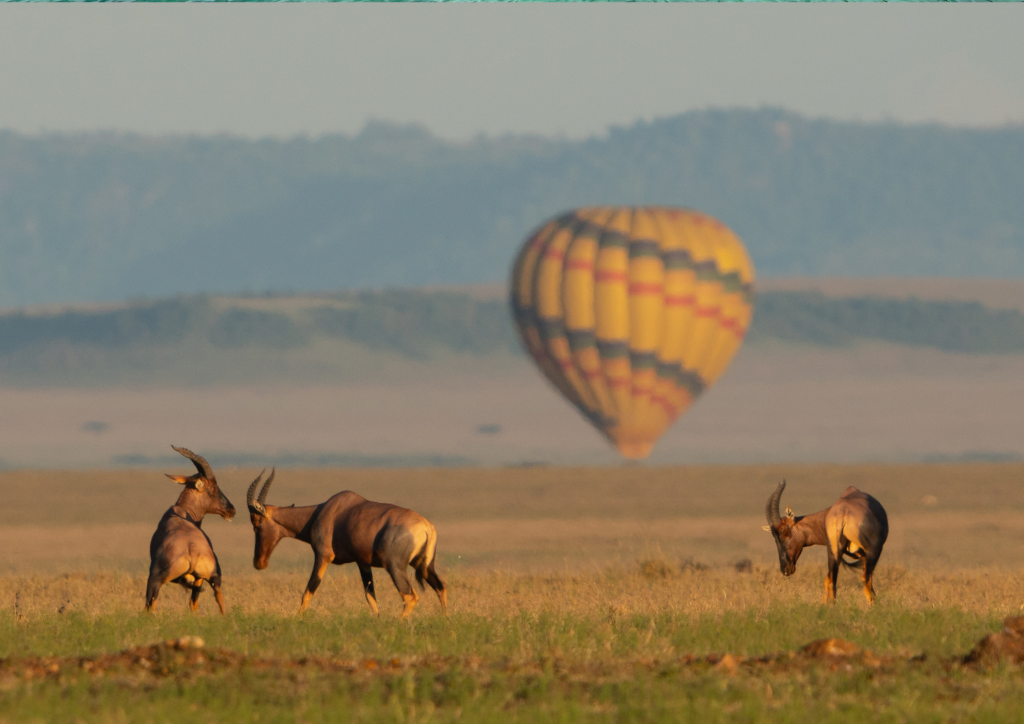
Hot Air Balloon Ride Over Kenya
Fly high up in the sky to a 360-degree view of Kenya’s distinct landscapes and wildlife unfiltered.
The popular Masai Mara National Reserve is particularly majestic to look at during the break of dawn as it glides silently over the savannah grasslands and wilderness.
Visitors who book a ride between July and October are in for an outdoor treat to see the “Great Migration” happen.
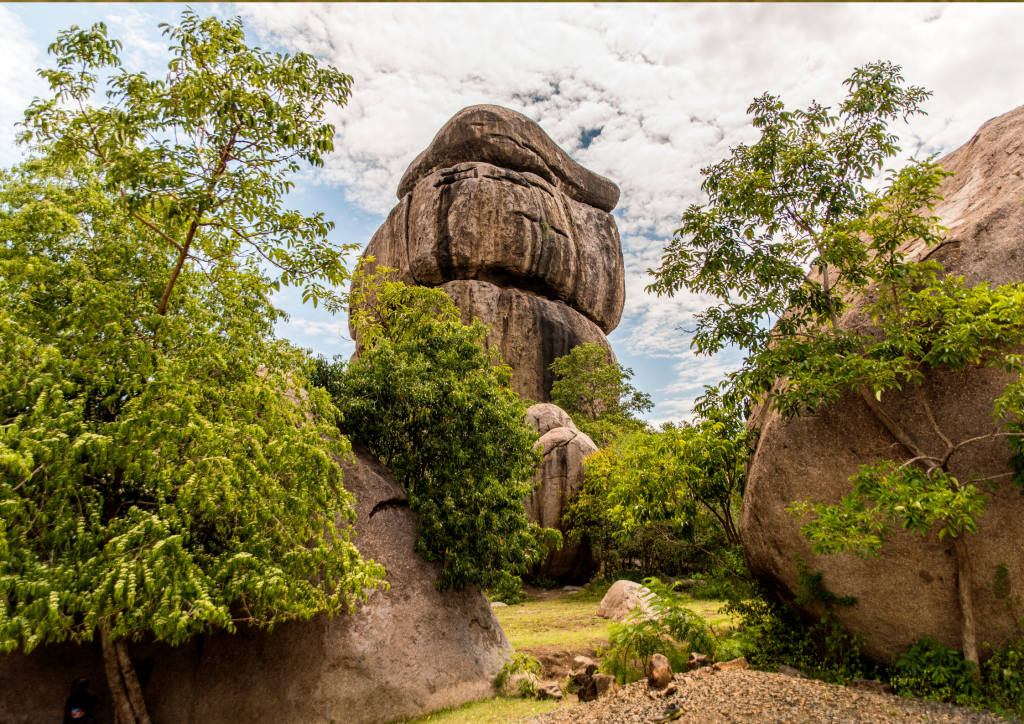
Visit Kit Mikayi and the Luo-Kakello Clan
Tourists who are up for something offbeat and peculiar can take a trip to Kit Mikayi—a grand “tor” (120 m high rock formation) located in western Kenya in the town of Kisumu.
This natural formation is deemed a shrine and has a religious and spiritual significance to the ethnic communities who live around it.
Visiting Kit Mikayi offers you an opportunity to learn about the Luo-Kakello Clan’s customs and traditions. You can listen to fascinating folk tales narrated by the locals, and if you’re lucky, you might even witness a traditional ceremony.
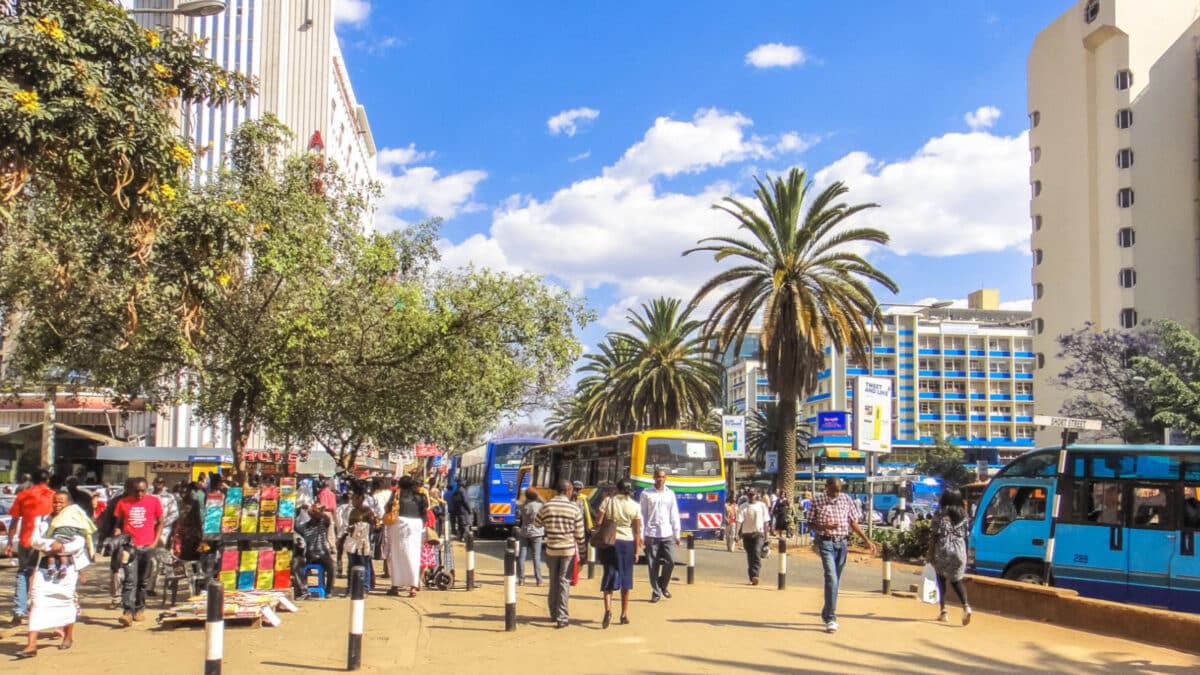
Explore Nairobi City on Foot
After you’ve arranged accommodation, taking a stroll through Nairobi’s streets is a trip of discovery and an opportunity to learn about the city’s rich history. Several historic buildings, national monuments, statues, and markets add to the stories and influences of the city’s colonial past.
The McMillan Memorial Library, Kipande House, Jamia Mosque, and war memorial pillars are just few of the things that can be admired while strolling through the cityscape.
Along Kimathi Street, you’ll find a statue of Field Marshall Dedan Kimathi as well as landmarks like the Hilton Hotel. A little distance away lies the Tom Mboya statue, and further along Moi Avenue, a reminder of a tragic event awaits you at the August 7th Memorial Park.
Joining a tour guide is one of the best ways to see Nairobi on foot. Your local guides will provide you with facts and stories about the city, as well as lead you to the most exciting sites and landmarks.
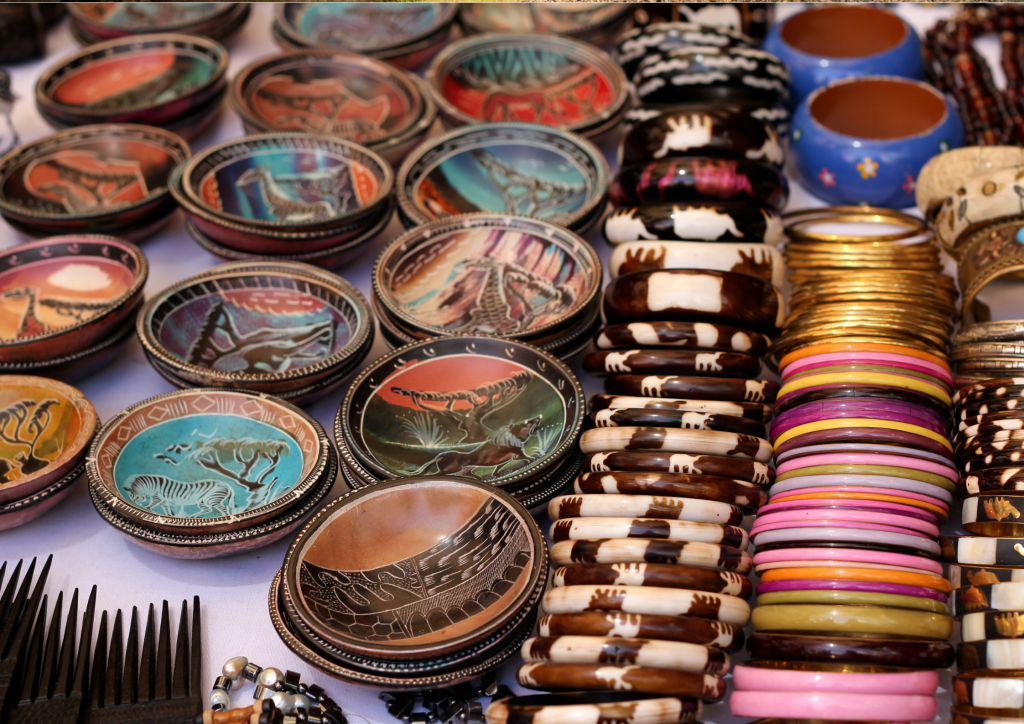
Shop at Maasai and Kibuye Market
Shop at these cultural markets to know how locals do it!
The Maasai Market is famous for its beautiful handcrafted jewelry, beaded accessories, and traditional Maasai attire.
Here, you can find everything from colorful bracelets and necklaces to Maasai shukas, which are traditional blankets worn by the Maasai people. The market is also a great place to buy unique souvenirs and gifts for your loved ones back home.
Meanwhile, Kibuya Market is the place to be when shopping for clothing, metal pieces, footwear as well as fruits, coffee, and tea.
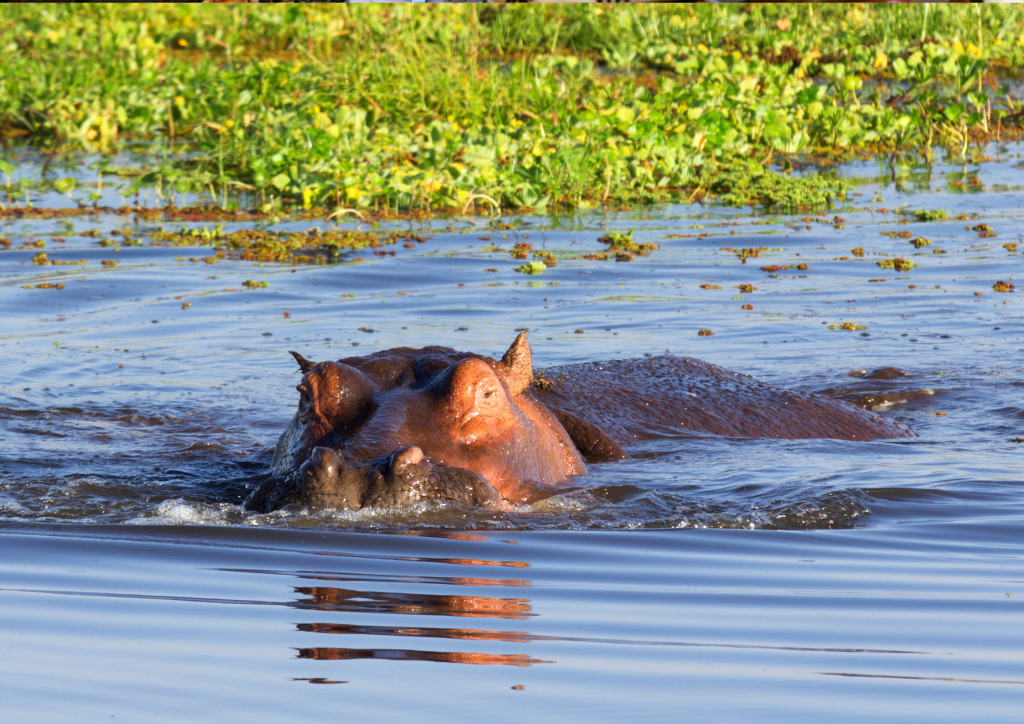
Take a Boat Safari at Lake Naivasha
Take a break from land safaris and try it via boat this time on the gleaming waters of Lake Naivasha.
The safari’s cool atmosphere makes for a relaxing and peaceful time in the open water where one can spot a myriad of colorful birds idling about including flamingos, saddle-billed storks, pink-backed pelicans, and kingfishers.
One can also spot African fish eagles nesting in the nearby acacia woodland.
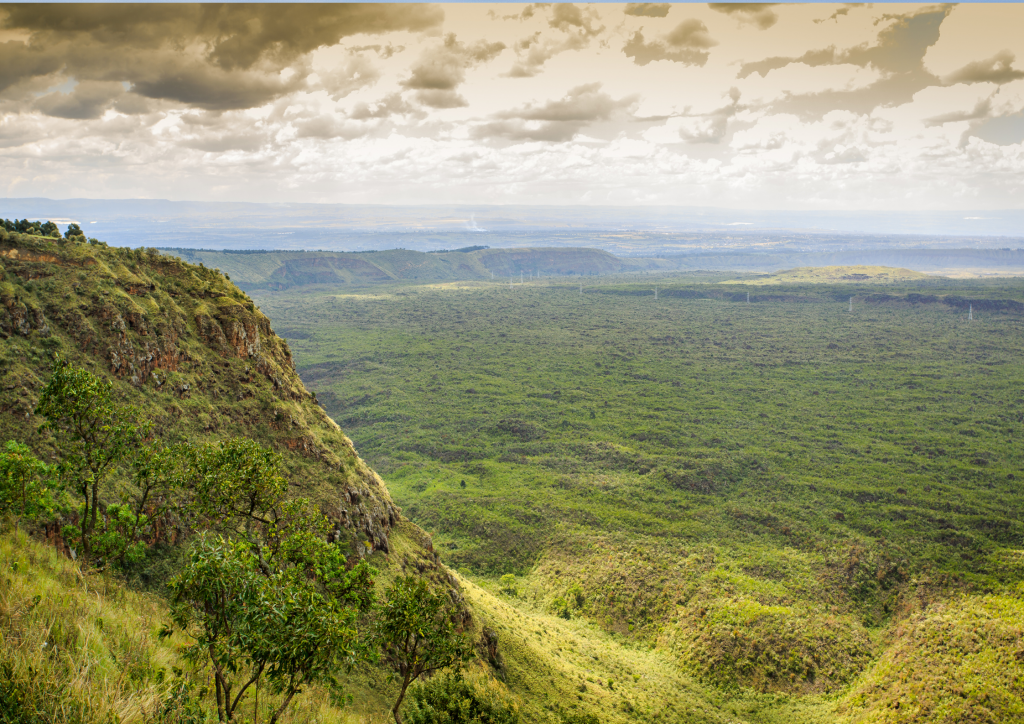
Camp Near the World’s Biggest Surviving Volcanic Crater
Home to one of the biggest calderas in the world, Menengai Crater is located in the Great Rift Valley in Kenya and is a popular camping grounds for outdoor enthusiasts.
The crater is situated on the Rift Valley floor with its volcano forming about 200,000 years ago. Soak in the panoramic and sweeping views of the plunging cliffs and crater and enjoy sightings of more than 400 species of birds.

Paraglide Over Kerio Valley
Kerio Valley is one of the landmark features of the Great Rift and there’s no better sport to scale its beauty than paragliding.
There are a number of take-off points in the valley where one can enjoy a smooth launch and safe landing. This excursion covers more than 10 kilometers of aerial distance and scenic panoramic landscapes.
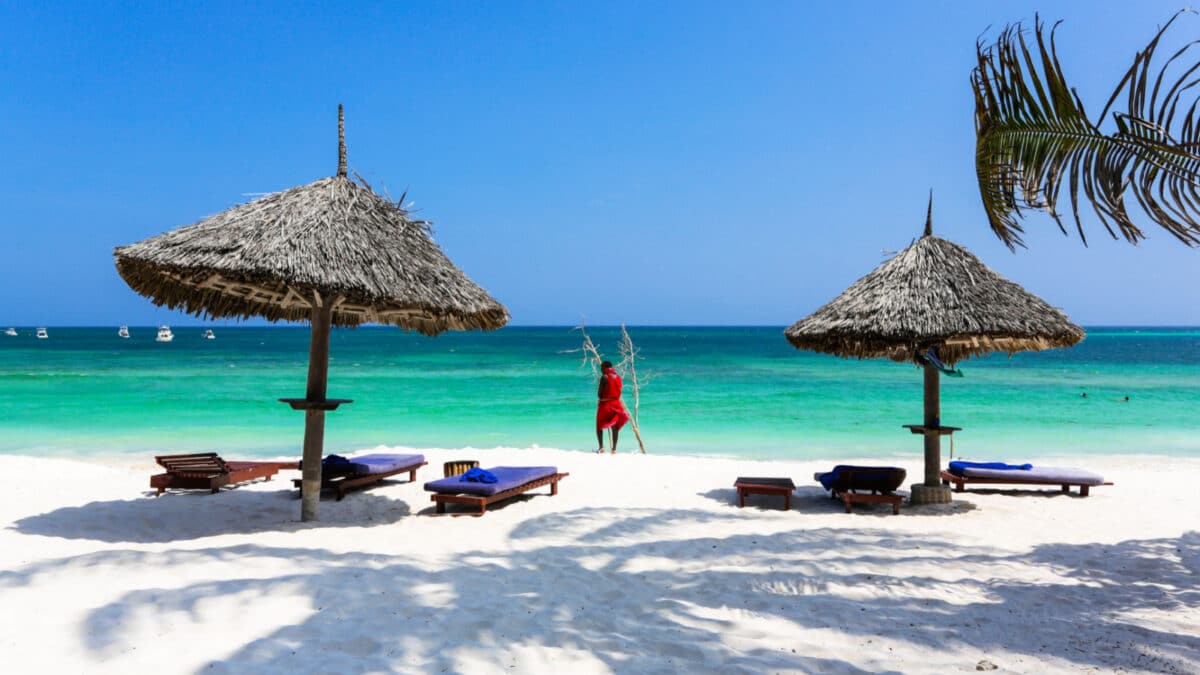
Relax on a Beach in Watamu
Kenya has 536 kilometers of coastline, and many of those kilometers are beautiful beaches. These golden and white sand beaches are dotted with luxury resorts and holiday homes.
Watamu is one of the most popular beach destinations in Kenya. The Swahili town on the north coast has five stunning beaches that are ideal for couples, families, and watersport enthusiasts. Some of the nicest beaches in Watamu are Turtle Bay Beach, Garoda Beach, and Jacaranda Bay.
There are more beautiful beaches along the Swahili coast besides Watamu. Mombasa beaches like Nyali Beach and Bamburi Beach are among them, as are Diani beaches like Tiwi, Diani Beach, and Galu Kinondo Beach.
They’re protected by coral reefs and Diani Beach is particularly known and loved for its water sports, including scuba diving opportunities.
What is your favorite thing to do in Kenya? Let me know in the comments!

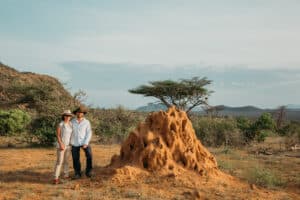
I have 2 favorites: On my first trip, I stayed overnight at Tree Tops and watched the nightlife. On my second trip (30 years later), I did a dawn balloon ride over the Serengeti and watched the massive migration of the herds of daylife.